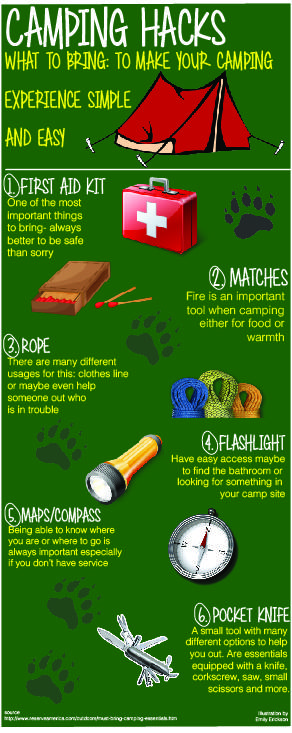A range of variables can affect night sky photography. From climate condition to upcoming celestial events, you'll want to prepare in advance to guarantee success.
What is the best wall tent?
The shutter rate you choose establishes whether stars look like accurate pin-points or trail throughout the image. An excellent guideline is to restrict the exposure to 500 secs, or the equivalent of your lens's focal size.
Location
Among the most crucial factors in a great picture is where you take it. Aim for areas with minimal light air pollution, and avoid locations that have intense city lights and high-rise buildings.
Additionally, try to find a place that offers foreground components to produce compositions with. As an example, dune patterns, wind-sculpted ridges and rough outcrops can all offer intriguing foreground components to assist tell the tale of your night skies photo.
It is also handy to research study astronomical occasions such as meteor showers and lunar eclipses to maximize opportunities for excellent pictures. Making use of a device such as the Photographer's Ephemeris can be unbelievably beneficial when preparing your shoots. It assists you to identify moon stages, Milky Way placement and other expensive events. Likewise, think about capturing in RAW layout as opposed to JPEG as this offers you more flexibility when processing the pictures. This is particularly real if you prepare to publish your images.
Electronic camera Setups
Obtaining the appropriate camera setups is necessary for any kind of photo, yet particularly so for evening skies pictures. A wide-angle lens is best for recording even more of the Galaxy and minimizing celebrity routes, in addition to a longer shutter speed to stop the motion of stars and expose their details.
For a maximum level of clarity, shoot in RAW format instead of JPEG, which allows you to preserve more data and gives adaptability throughout post-processing. This can additionally include in submit size, so make sure you have a lot of storage room and added flash memory card accessible.
Establish your emphasis to hands-on focusing by flipping the AF/MF switch on your lens right into MF setting. You might require to take a few examination shots and inspect the picture playback on your cam's LCD screen until you achieve perfect, determine manual focus. It's a good idea to do this throughout the day with your chosen lens and the place you will be contending night, to verify the accuracy of your emphasis setup.
Lights
A good night sky picture requires the right conditions. This consists of a dark skies, but additionally a fascinating foreground component such as a fancy tents hill imminent, a lake to show the stars, or a human component like a barn or shed. You can also use a headlamp to illuminate the foreground and add some dramatization or depth to your image.
One of the most crucial cam settings for evening skies digital photography are the aperture and shutter rate. The bigger the aperture, the a lot more light that reaches the sensor. This enables you to capture intense celebrities in a relatively brief quantity of time.
The shutter speed determines whether your celebrities will be pin-point perfect or if they will look like celebrity tracks because of the Earth's rotation. Make certain to take several lengthy exposure shots and stack them in post-processing for the best outcomes. Last but not least, shoot in RAW mode to provide on your own optimal latitude in post-processing.
Composition
The trick to gorgeous celebrity shots isn't a premium telescope, a new wide-angle lens or a top-of-the-line Canon or Nikon electronic camera. It's strategy, planning and make-up.
For beginners, hunt your shoot place in advance to obtain a feel for the design and potential structures. Consider including foreground aspects such as rocks, a lake or alpenglow on the landscape to add personality and interest to your images.
Remember the Regulation of Thirds when composing your pictures. This straightforward principle aids balance and link pictures. It's additionally helpful for concentrating on points of interest in your image, such as rock features or the Galaxy. Also, keep in mind to plan your shoots around moon phases-- capturing at a full moon can subdue stars and produce a silhouetted form, while shooting on evenings with a new moon can help you see constellations a lot more plainly.
What is the lightest weight tent?
